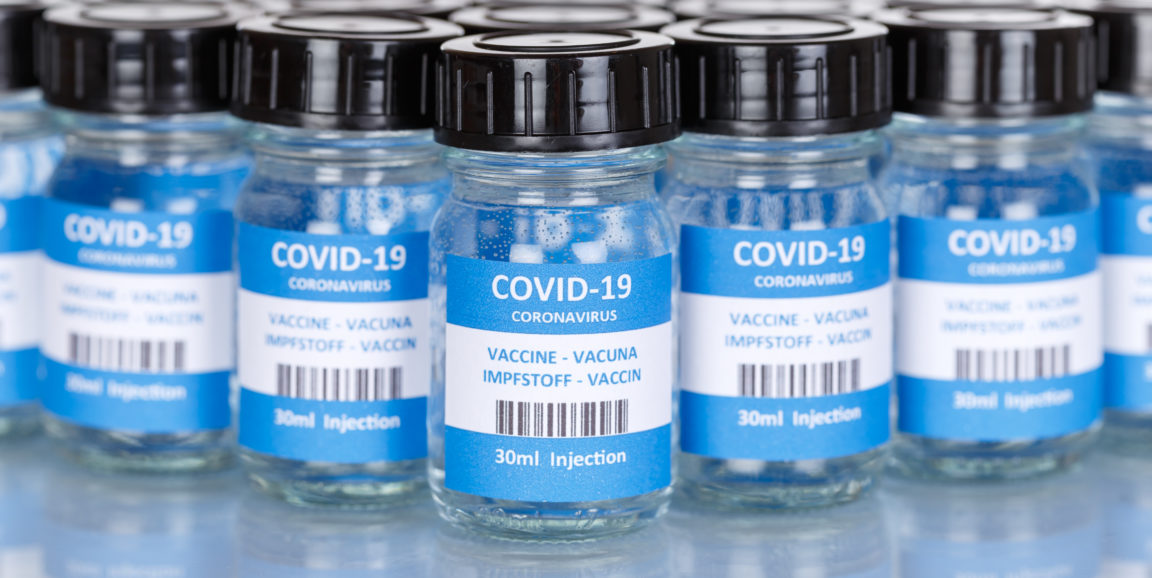
Manas Dasgupta
NEW DELHI, Apr 21: Though in terms of actual numbers of the people contracting Coronavirus even after taking first or both the doses of vaccines looks high, percentage-wise only a “small fraction” of such people have tested positive so far, the central government claimed on Wednesday.
“These vaccines definitely, definitely protect against disease. However, the immune response begins to develop usually two weeks after every dose and there are variations within individuals, too. Even after the first dose, if exposure to the virus happens, one can test positive,” said Dr. Balram Bhargava, Director General of the Indian Council of Medical Research (ICMR) referring to vaccination through Covishield and Covaxin. These instances of “breakthrough” infections do not undermine the efficacy of the vaccines, the officials said.
Bhargava told the media persons that 0.04 per cent of 17,37,178 individuals, who received the second dose of Covaxin, were positive for Covid-19, while 0.03 per cent of 1,57,32,754 people, who took the second dose of Covishield, contracted the infection.
In actual numbers, of the 100.3 million who received the first dose of Covishield 17,145 tested positive; and of the 15 million who got the second dose, 5,014 tested positive. For Covaxin,
Of the 9.3 million who received the its first dose 4,208 tested positive; and of the 1.7 million who received the second dose, 695 tested positive. Overall, more than 21,000 people tested positive for Covid-19 after taking the first dose of either Covishield or Covaxin, while over 5,500 contracted the infection after taking the second dose.
“This is a very small number and not at all worrisome. Secondly, the highly transmissable second wave also contribute miniscule to the percentage so this could have been even zero per cent,” he said.
Two key reasons for this, according to Dr. Bhargava, were that healthcare and frontline workers, who were among the first to be vaccinated, were as a population far more exposed to the virus and therefore more susceptible. Secondly, the emergence of “the highly transmissible second wave (newer variants)” may have contributed to instances of infection among those vaccinated.
Several variants, which have mutations that have been shown to avoid detection by the immune system, and in some cases reduce the efficacy of vaccines, have been reported globally, including in India.
“This is roughly around 2 in 10,000 and is a very, very small fraction. We have seen similar rates of reinfection internationally too from the use of other vaccines,” Dr. V.K. Paul, Chairman, National Expert Group on Vaccination (NEGVAC), the committee that oversees the COVID-19 management strategy, said.
When comparing patterns of infection and mortality in the first and second waves of the pandemic, a slight percentage increase in cases among those in the 10-20 years age group is seen in the current wave — 8.5% compared to 8.07% earlier. There is an increase in cases among those in the 40-70 years age group from the previous wave, and the same fraction of those in the 30-40 years age group persists.
In terms of deaths — that is now nearly 2,000 a day — COVID-19 continues to be disproportionately fatal for those over 70 years. There were 22% deaths among those in the 70-80 years in the second wave compared to 19% in the first wave, and 9.8% deaths in those above 80 compared to 7.8% previously.
There is no evidence of any change in patterns of death in the younger age groups of 30-70 years, with about 70% deaths during both waves falling in this age bracket. However, for the mortality comparison, a far smaller sample — 24,814 — was used in the second wave compared with the 83,189 in the first wave.
Union health secretary Rajesh Bhushan said the severity of the second wave meant that efforts were on to mitigate it and save lives, and only in the days ahead, with the benefit of hindsight, would it be possible to discern how India was attacked by a severe second wave.
There are 146 districts reporting a test positivity of over 15%, and these are the places were the hospital facilities are most taxed. There are 274 districts where case positivity is between 5% and 15%, and 308 districts where it is less than 5%.
India’s case fatality rate, Bhushan said, is at 1.17% and on decreasing trend from March 22, when it was 1.37%.
NITI Aayog Member (Health) V K Paul noted that there is a risk even after taking vaccination so “we stress people to follow Covid appropriate behaviour even after taking the vaccination”.
Amid oxygen shortage in the country, Bhushan said 7,500 tonnes of oxygen is being produced in the country per day and 6,600 metric tonnes is being supplied to the states for medical use.
“Presently, we have issued instructions that, leaving a few industries, the supply of industries will be restricted so that more and more oxygen can be made available for medical use. We have allocated 6600 MT out of 7500 MT to states,” he said.
















